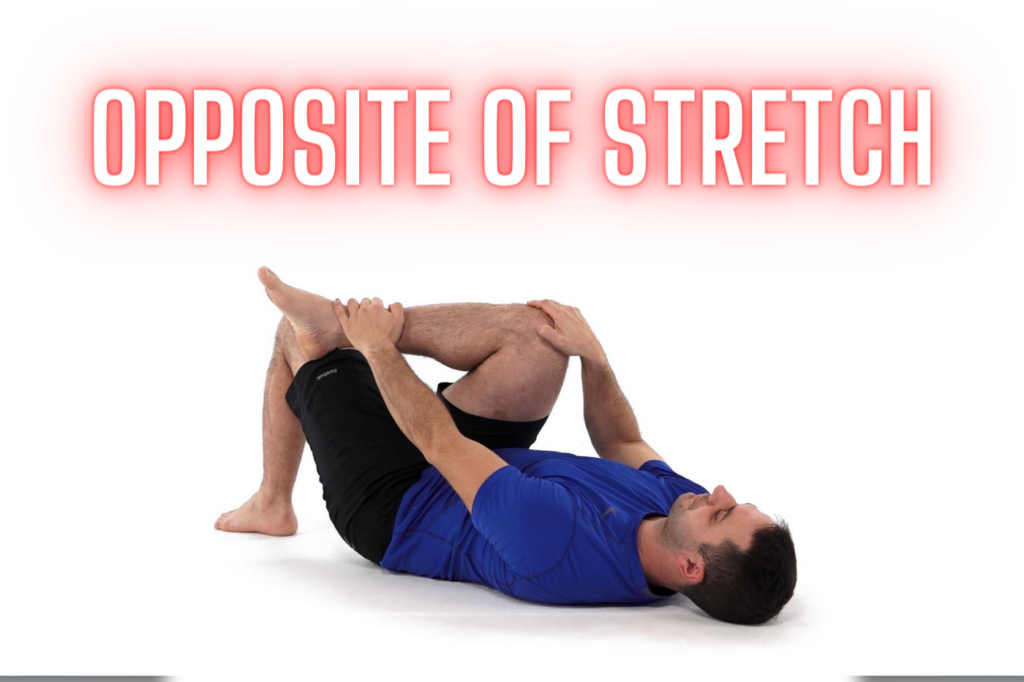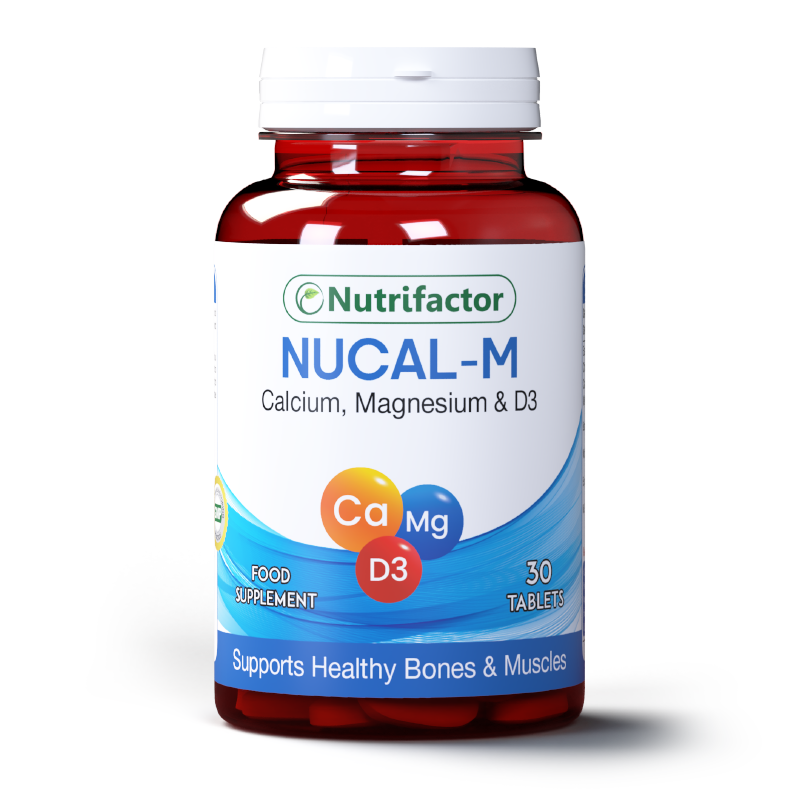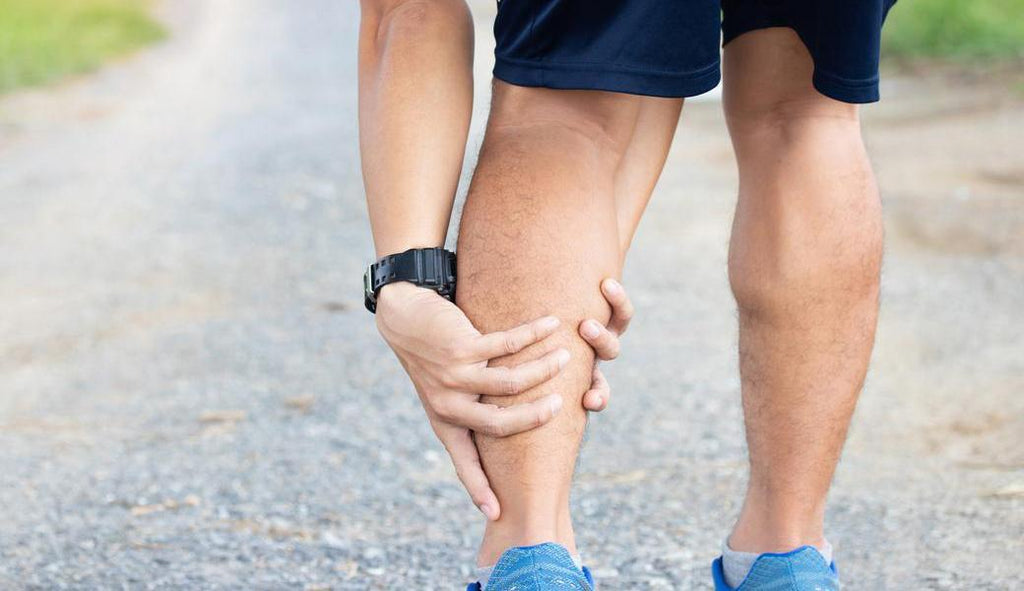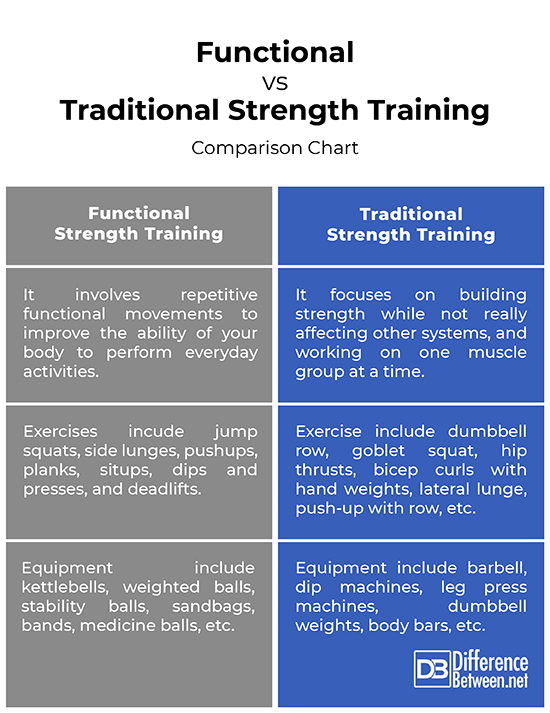The opposite of stretch is contract. To contract means to reduce in size or length.
Understanding the concept of contraction is essential in various fields. In fitness, muscles contract during certain exercises. In business, contracts ensure agreements are honored. In everyday life, materials like rubber bands contract when released. Knowing these applications helps in practical decision-making.
For instance, choosing the right exercise involves understanding muscle contraction. Similarly, selecting materials for construction requires knowledge of how they contract under different conditions. This basic understanding can significantly impact efficiency and effectiveness in both personal and professional settings. By mastering the concept of contraction, you can better navigate various challenges and opportunities.
The Concept Of Compression
Compression makes objects smaller. Stretching makes them bigger. Compression and stretch are opposites. Compressing a spring makes it shorter. Stretching a spring makes it longer. Compression is important in many fields. Engineers use compression in building structures. Compression helps to make things strong and stable.
Compression has been used for ages. Ancient builders used compression in arches. Arches hold up buildings using compression. People also use compression in bridges. Compression makes sure bridges stay up. Many tools use compression. Springs in old clocks use compression. Compression helps machines work well.
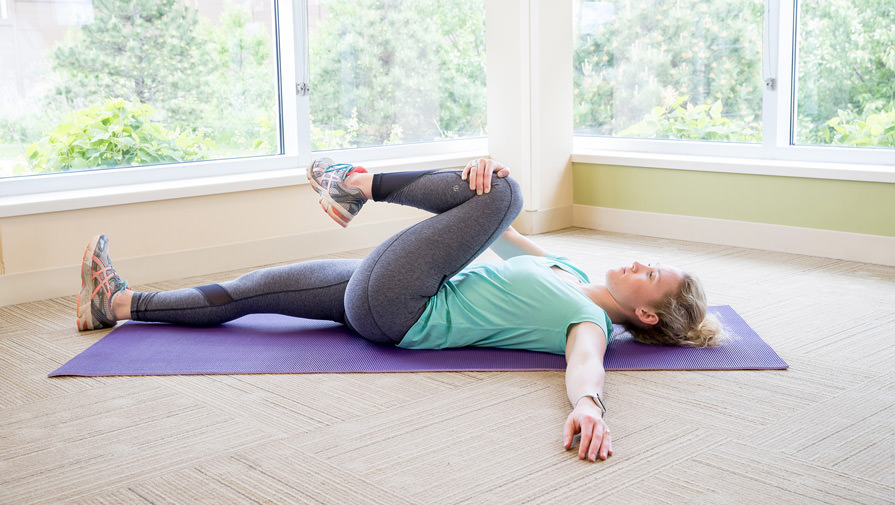
Credit: www.summitortho.com
Benefits Of Compression
Compression helps in reducing swelling in the body. It can improve blood circulation. Athletes use compression to speed up recovery. Less muscle soreness is another benefit. It supports joint stability during activities. Compression garments can prevent injuries.
Compression garments can boost confidence. They can make you feel more secure. Reduced anxiety is a common benefit. Compression can also help in relaxing the mind. It provides a sense of calmness. Many people feel comforted by the pressure.
Compression In Sports
Athletes use compression garments to boost performance. These garments increase blood flow and reduce muscle fatigue. Improved circulation helps muscles get more oxygen. This leads to better endurance and strength. Compression wear also helps athletes recover faster after exercise.
Compression garments can prevent injuries. They provide support to muscles and joints. This reduces the risk of strains and sprains. These garments also help in reducing swelling after an injury. Faster recovery allows athletes to train consistently without long breaks.
Medical Applications
Compression therapy helps treat circulatory disorders. It uses tight garments to improve blood flow. This therapy reduces swelling and pain in legs. Doctors recommend it for varicose veins. It also helps with deep vein thrombosis. Patients wear compression stockings daily. These stockings apply pressure to the legs. This pressure aids in blood circulation. It also prevents blood clots.
Compression therapy uses elastic garments. These garments include socks and bandages. They help in reducing edema. This therapy supports muscles and veins. It also speeds up healing after surgery. Patients feel less discomfort. It is crucial for chronic conditions. Always consult a medical professional before starting.
Everyday Compression Techniques
Compression socks help reduce swelling in the legs. Compression leggings support your muscles during exercise. Wearing a compression shirt can improve your posture. Some people use compression gloves for hand pain. Compression sleeves are great for arms and calves. These clothes and accessories are comfortable. They can be worn all day long. They come in different sizes and colors. You can find them in most stores. Many athletes use them for better performance.
Sit on a chair. Raise one leg straight. Hold for five seconds. Lower the leg. Repeat with the other leg. Stand up. Stretch your arms above your head. Hold for ten seconds. Sit down again. Place your hands on your knees. Twist your upper body to the right. Hold for five seconds. Repeat to the left. These exercises are easy. They can be done at home or work. They help improve blood flow. They also make you feel more relaxed. Do these exercises every day for best results.
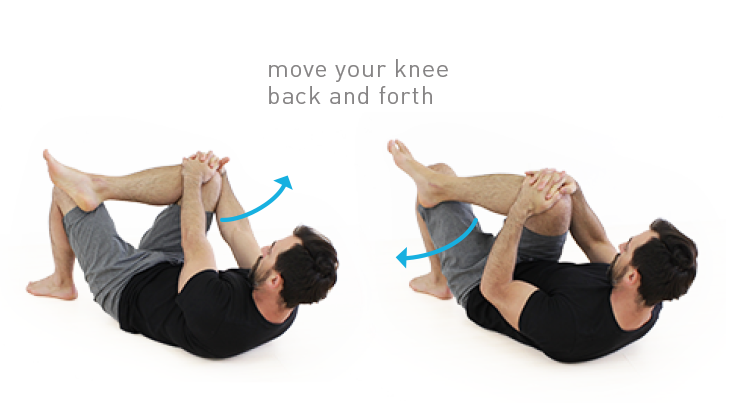
Credit: twitter.com
Incorporating Compression Into Your Lifestyle
Stretching and compression go hand in hand. Stretching helps your muscles relax. Compression gives your muscles the support they need. Balance is key. Too much stretching can make muscles weak. Too much compression can make them stiff. Find a balance that works for your body.
Healthy habits make a big difference. Wear compression gear during workouts. It supports muscles and reduces fatigue. Stretch after workouts to keep muscles flexible. Combine both for the best results. Make these habits part of your daily routine. Your body will thank you.
Artistic Expressions
Artists often use compression to create a sense of closeness. This technique can make a scene feel intimate. Imagine a painting where all elements are packed together. The viewer feels a sense of tightness. This method contrasts with using lots of space. The focus stays on the main subjects. Artists use this to tell a specific story.
In music, compression means making sounds closer together. This creates a tight rhythm. Many songs use this to make beats catchy. Sound engineers compress audio to remove gaps. The result is a smooth listening experience. This technique is common in pop music. It helps songs sound more polished.
Future Of Compression
Compression gear is evolving rapidly. New materials are making it lighter and stronger. Smart fabrics can now adjust to your body’s needs. These fabrics can regulate temperature and improve circulation. Athletes benefit the most from these advancements. Enhanced recovery times and better performance are key benefits.
3D printing is revolutionizing compression gear. It allows for custom fits and designs. Wearable technology is another exciting innovation. Sensors in the gear can monitor heart rate and muscle activity. This data helps in personalized training and injury prevention.

Credit: thesaurus.plus
Frequently Asked Questions
What Is The Opposite Of Stretch Verb?
The opposite of the verb “stretch” is “shrink. ” Shrink means to reduce in size or draw back.
What Is The Antonym For Stretched?
The antonym for “stretched” is “compressed” or “contracted. ” Both terms indicate a reduction in length or size.
What Is A Word For Non Stretch?
The word for non-stretch is “inelastic. ” It describes materials that do not stretch or change shape easily.
What Is The Opposite Of Stretching Exercise?
The opposite of stretching exercise is contracting exercise. Contracting exercises involve muscle shortening and tightening. Examples include weightlifting, crunches, and squats. These exercises build strength and muscle mass.
Conclusion
Understanding the opposite of stretch helps in balancing physical activities. It can prevent injuries and improve flexibility. Implementing this knowledge into daily routines is beneficial. Embrace the balance between stretching and its opposite for better overall health. Stay mindful of your body’s needs and adjust accordingly for optimal well-being.

